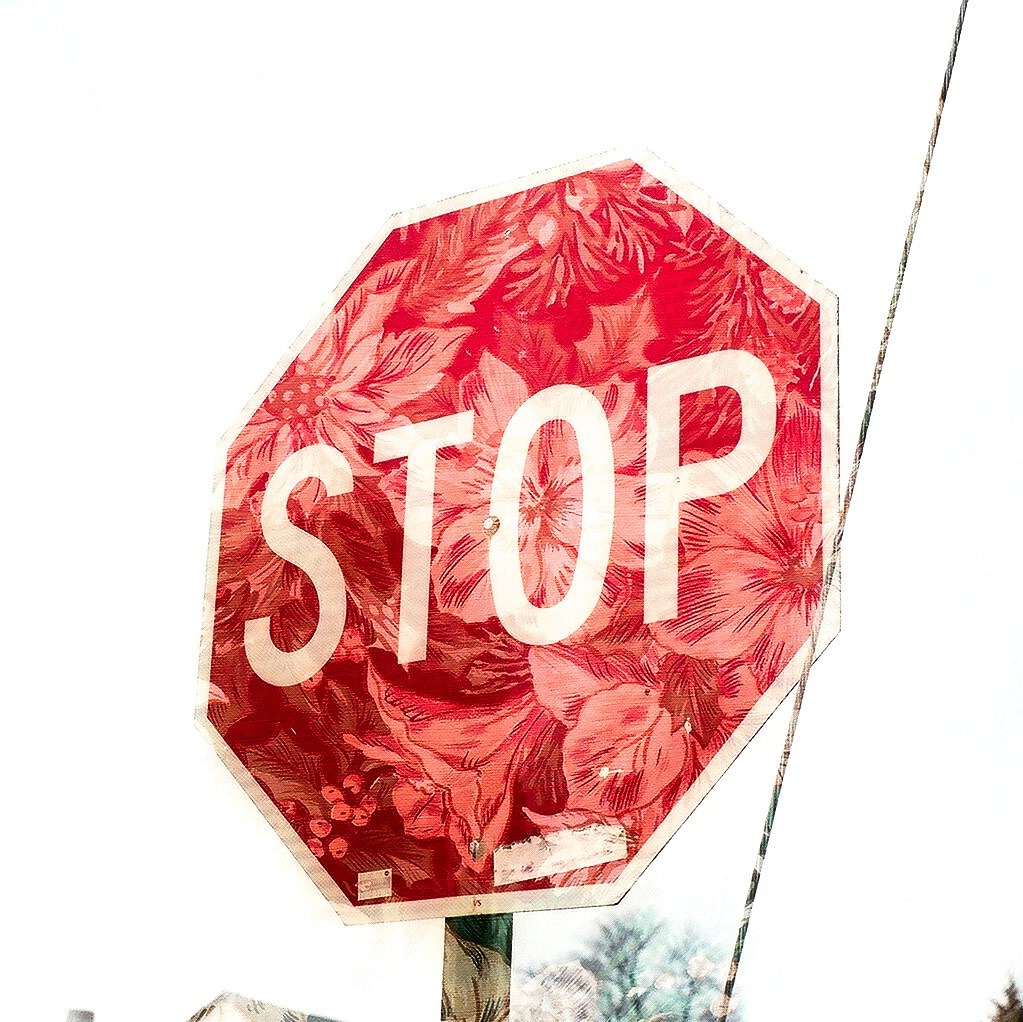Last Updated on 06/24/2018 by Mark Beckenbach
In-camera double exposures are easy-peasy when shooting with film cameras
Feeling stuck in a dry spell with your creative projects? Time to shake things up and pick up a film camera. Whether you’re doing it for the first time ever or first time in a long time, the constraints of film will definitely get you thinking about your photos and squeeze creativity out of you. One of the ways film photographers (then and especially now) get creative is by doing double exposures — in camera. We’ve got some pretty interesting examples that will get you curious to try it out yourself!
Film photography is such a fickle medium for some, but for those who have mastered it and truly appreciate the process, the results are often rewarding. It’s not only about nailing the perfect vintage aesthetic or “film look” that still remains popular today, but also about the quirky, experimental stuff you can do with it.
Take, for example, these double exposures by John Murphy.
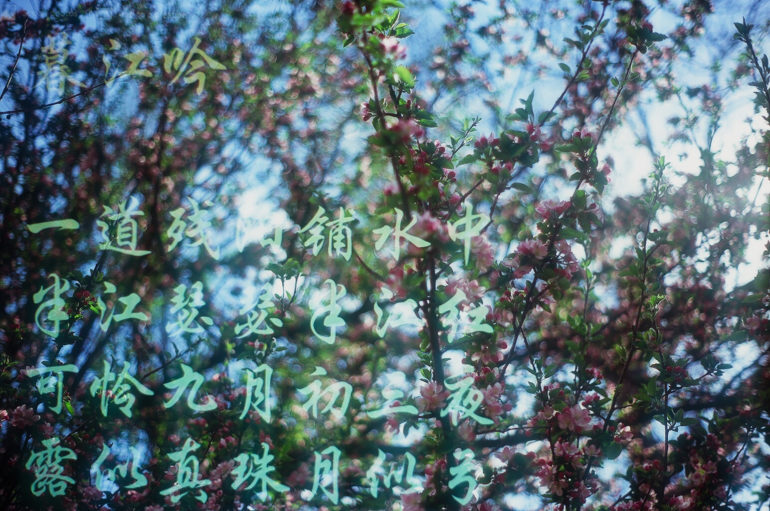
John has been shooting film for only about nine months, but he’s already found a creative way to make the most of the last few frames of his rolls through double exposures. “I don’t generally have double exposures in my mind when I’m out with my camera, I’m definitely more likely to try to capture them when I’m near the end of a roll and want to make it last,” he said.
Some film snappers however, may find themselves so smitten with this technique that it often becomes a major part of their creative arsenal. Take a look at the works of Louis Dazy, Hayden Williams, and others on our list of favorites.
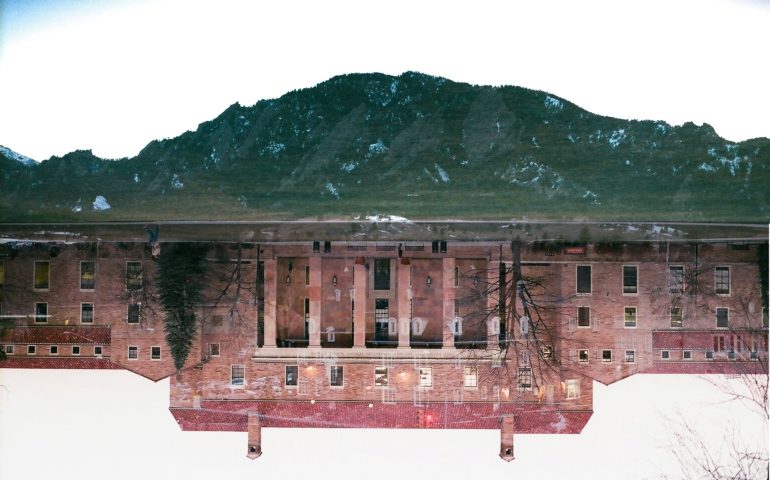
The major challenge in doing double exposures using film cameras, as John noted, is that not all of them have a double/multiple exposure switch/function, so cocking the shutter advances the film. “Use whatever you’re comfortable with,” he still says, and I agree because there’s a work around for it. I found that the best way for you to shoot doubles with any camera is to mark/line the end of the film that touches the canister, then shoot as normal. Once you’re done, reload the same roll in the same camera, making sure that you load the film without going past the marked area. You should get perfectly layered frames if you did it correctly.
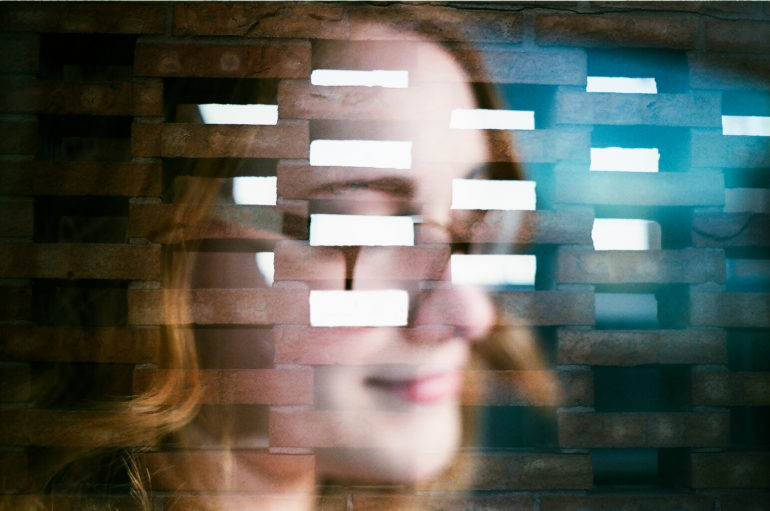
Itching to try it out? John’s tips should help you get started. “I’ve found it’s helpful to try and overlay a design onto a three dimensional image. Things like leaves, star trails, or even wallpaper can make cool designs in conjunction with simple images. You can also try and silhouette the subject, so that the bright background will wash out, only leaving the design on the subject. If your viewfinder has any markings, use it to line up the exposures.”
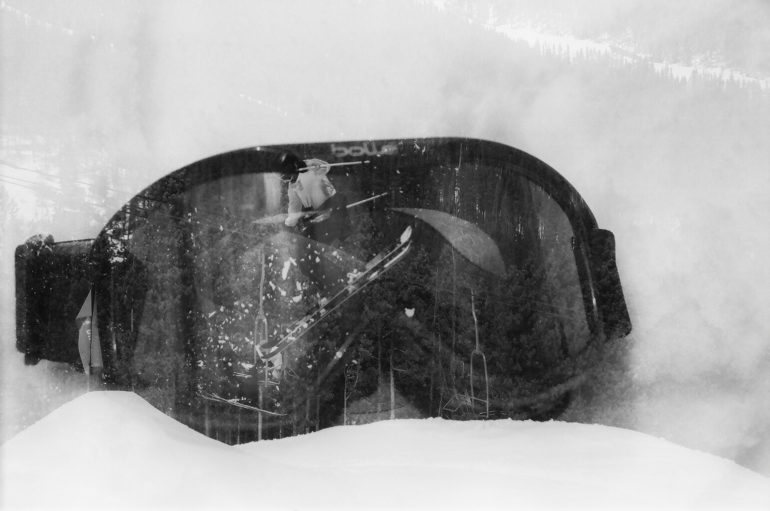
Check out John Murphy’s Instagram to follow his adventures (and doubles) caught on film.
All photos by John Murphy. Used with permission.


